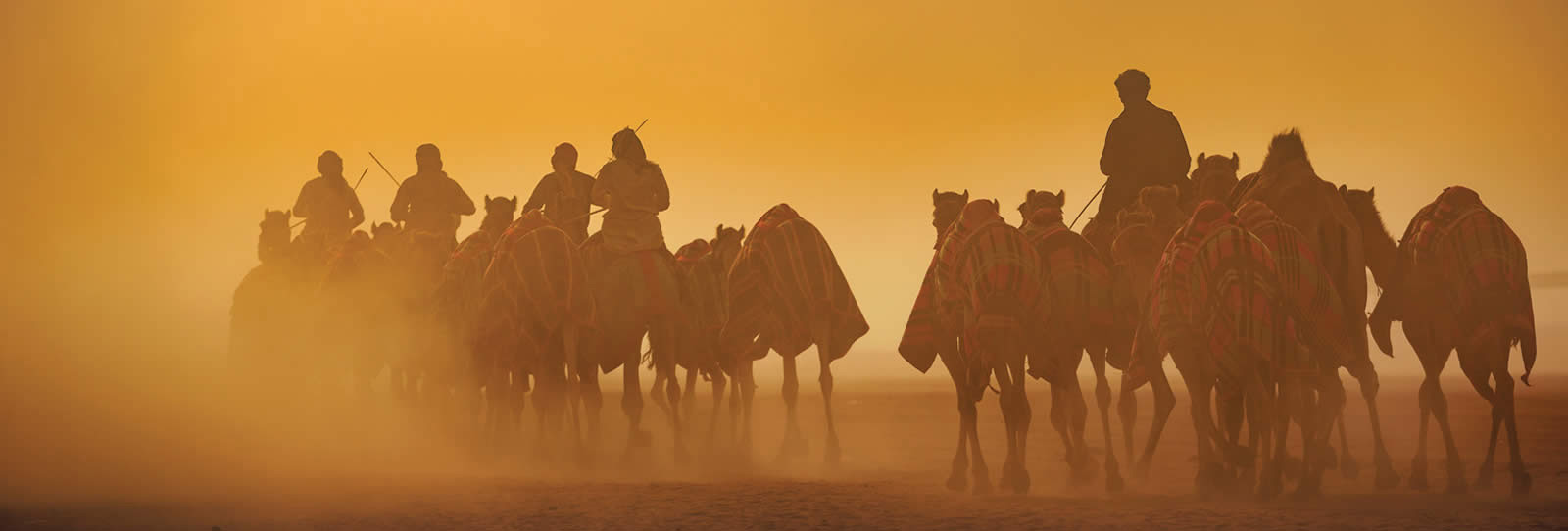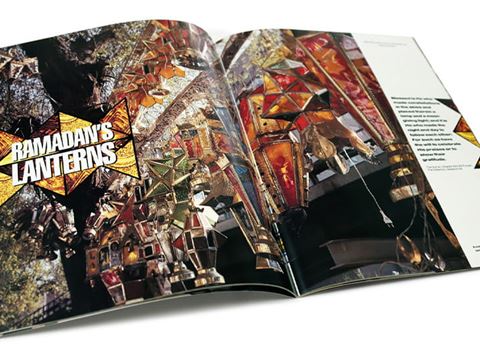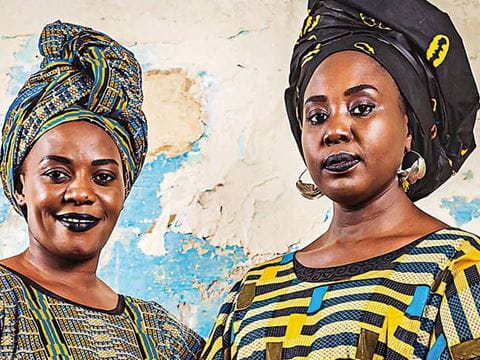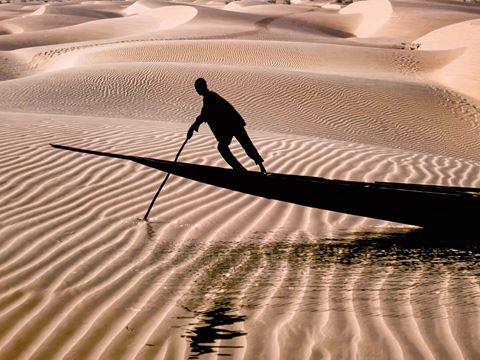
FirstLook: Morning tafheem, al-Rumah, Saudi Arabia
To get camels ready for races, they are taken out for tafheem, an Arabic word that has two main meanings in English.
First Place, 2018 King Abdulaziz Camel Festival Photo Contest
To get camels ready for races, they are taken out for tafheem, an Arabic word that has two main meanings in English. One is “gathering together,” and the other is “coking”—as in making charcoal, a process that uses some of the wood’s energy in burning, but which allows for quicker and hotter burning later. For these camels, that means when they compete on the eight-kilometer-long course in the al-Dahna desert.
This was my first experience shooting camel racing. I had left my house after midnight to arrive at dawn. As the sun rose, there was some mist near the ground, and this herd was kicking up dust, too. To me this photo shows some of the quiet spirit that is also part of the Arab heritage with camels.
—Abdullah Sulaiman Alshathri
@1alshathri
You may also be interested in...

Find Ramadan Lanterns on Cairo's Streets with John Feeney
Arts
In the March/April 1992 issue, writer and photographer John Feeney took AramcoWorld readers on a walk through the streets of Cairo during Ramadan.
"Duet": Senegalese Double Portrait
Arts
“Duet” comes from the Latin root word duo which means two. The Duet series focuses on double portraits, a tradition in West Africa.
FirstLook: Poetic Fusion
Arts
Prior to our modern practice of image manipulation with editing software, photographers worked more with planned intention and craft.